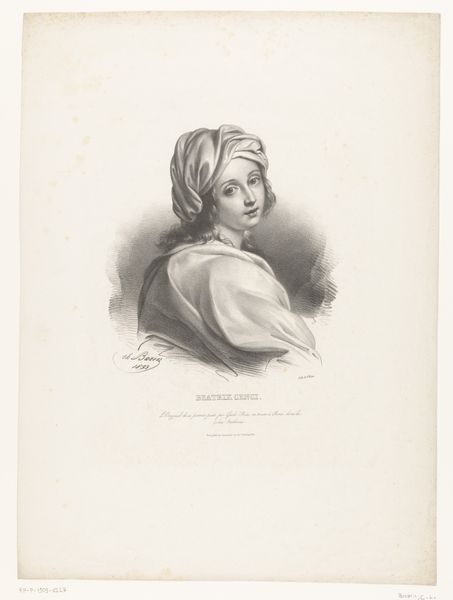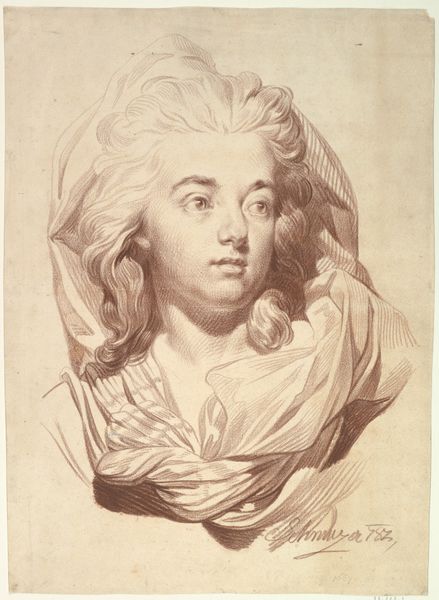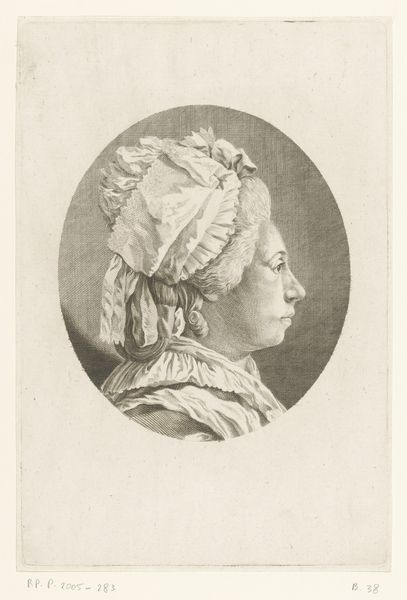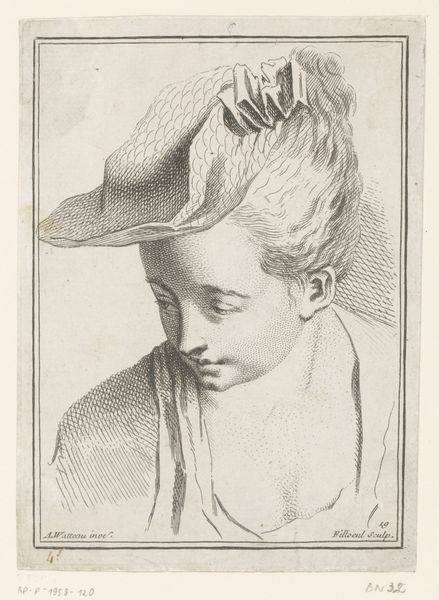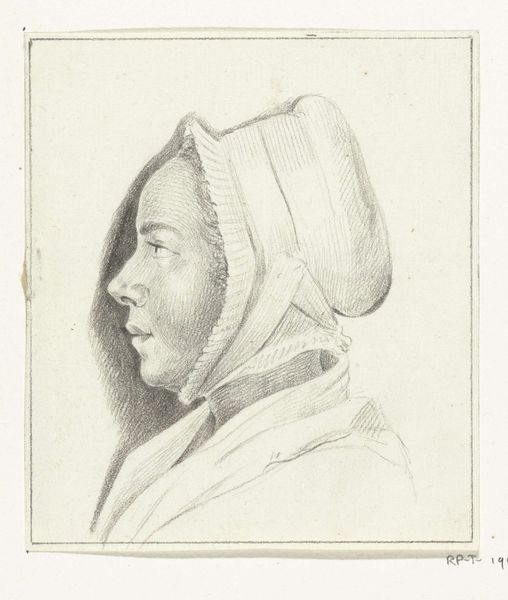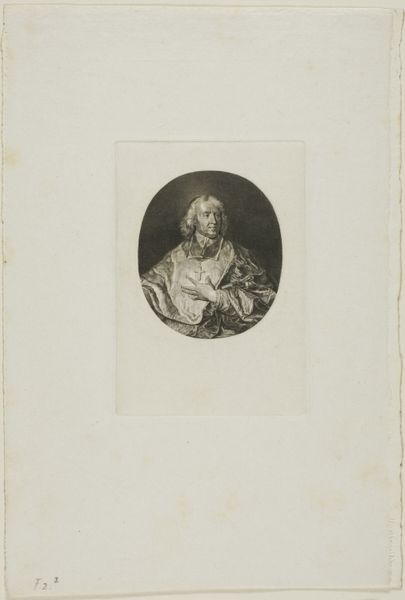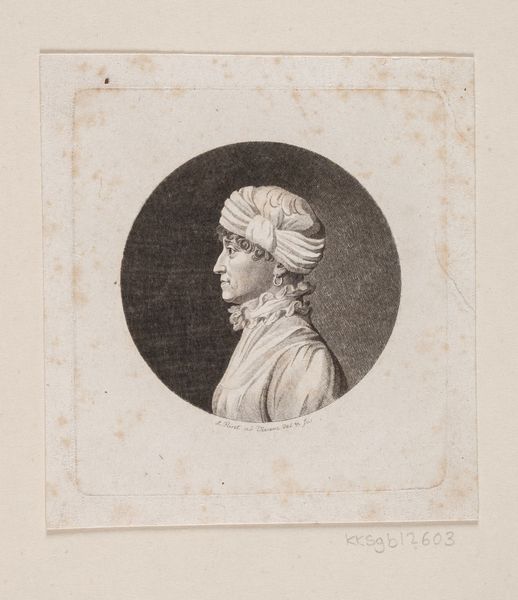
#
toned paper
#
facial expression drawing
#
light pencil work
#
pencil sketch
#
old engraving style
#
caricature
#
pencil drawing
#
animal drawing portrait
#
portrait drawing
#
pencil art
Dimensions: height 232 mm, width 187 mm
Copyright: Rijks Museum: Open Domain
Curator: What do you make of this face? Johann Heinrich Lips drew this rendering of Beatrice Cenci in 1778. It's on toned paper, made with pencil. Editor: Ethereal is the word that springs to mind. The gaze follows you, a mix of serenity and profound sadness. You get the sense there’s a story etched in those eyes. Curator: There certainly is a story. The real Beatrice Cenci lived in 16th-century Rome and was executed for parricide. A tale of abuse, revenge, and ultimately, tragic injustice, that has captured the imagination for centuries. This drawing, of course, is made a few centuries later and can never be fully the historical figure but maybe shows how her image persisted and morphed. Editor: It feels more like an impression or romanticisation. Look at that headscarf; it’s like a halo, accentuating her innocence, as if she is about to be the subject of adoration. Lips uses delicate pencil work to construct a sense of softness. Curator: Lips wasn’t the first, and wouldn’t be the last, to contribute to Beatrice’s story through art. There were literary works, plays, operas… I think what’s fascinating is the enduring appeal of narratives involving powerful, victimized women within legal systems that work to their disadvantage. They often highlight broader conversations about power, social injustice and maybe what it means to represent real events and histories. Editor: You can feel how Cenci as a historic figure becomes a symbol, even a question. And, with those big, mournful eyes, that is exactly what sticks with you after looking at this portrait. It is definitely a thought provoking pencil drawing, the kind you revisit in your thoughts hours after seeing it. Curator: Indeed. It gives you something to chew on regarding our engagement with stories and the past, doesn't it? Editor: Absolutely.
Comments
No comments
Be the first to comment and join the conversation on the ultimate creative platform.


